
Join our community to see how developers are using Workik AI everyday.
Features

Generate Instant Assembly Code
AI quickly generates Assembly code for various architectures, including x86, ARM, MIPS, RISC, AVR & more

Complex Algorithms to Assembly
Convert high-level algorithms into optimized Assembly code with AI that streamlines low-level programming

Create Custom Macro Assembly
Automate repetitive code patterns with AI by creating custom macros in Assembly that reduces manual efforts

Efficient Interrupt Handling Code
Produce Assembly code for efficient and responsive interrupt service routines using AI, crucial for real-time applications
How it works
Sign up at Workik effortlessly using your Google account or enter your details manually. Get started in seconds with no hassle!
Add relevant contexts like your GitHub, GitLab, or Bitbucket repo, specify Assembly language settings, include custom dependencies, add specific libraries & personalize your AI outputs based on your project needs.
Use Workik’s AI to generate assembly code based on your tasks like hardware interfacing, low-level computations, or performance-critical applications. Input prompts and AI crafts precise assembly code for your requirements.
Invite team members to work together, test, and validate the generated code. Automate repetitive tasks with pipelines or run workflows to enhance the development process.
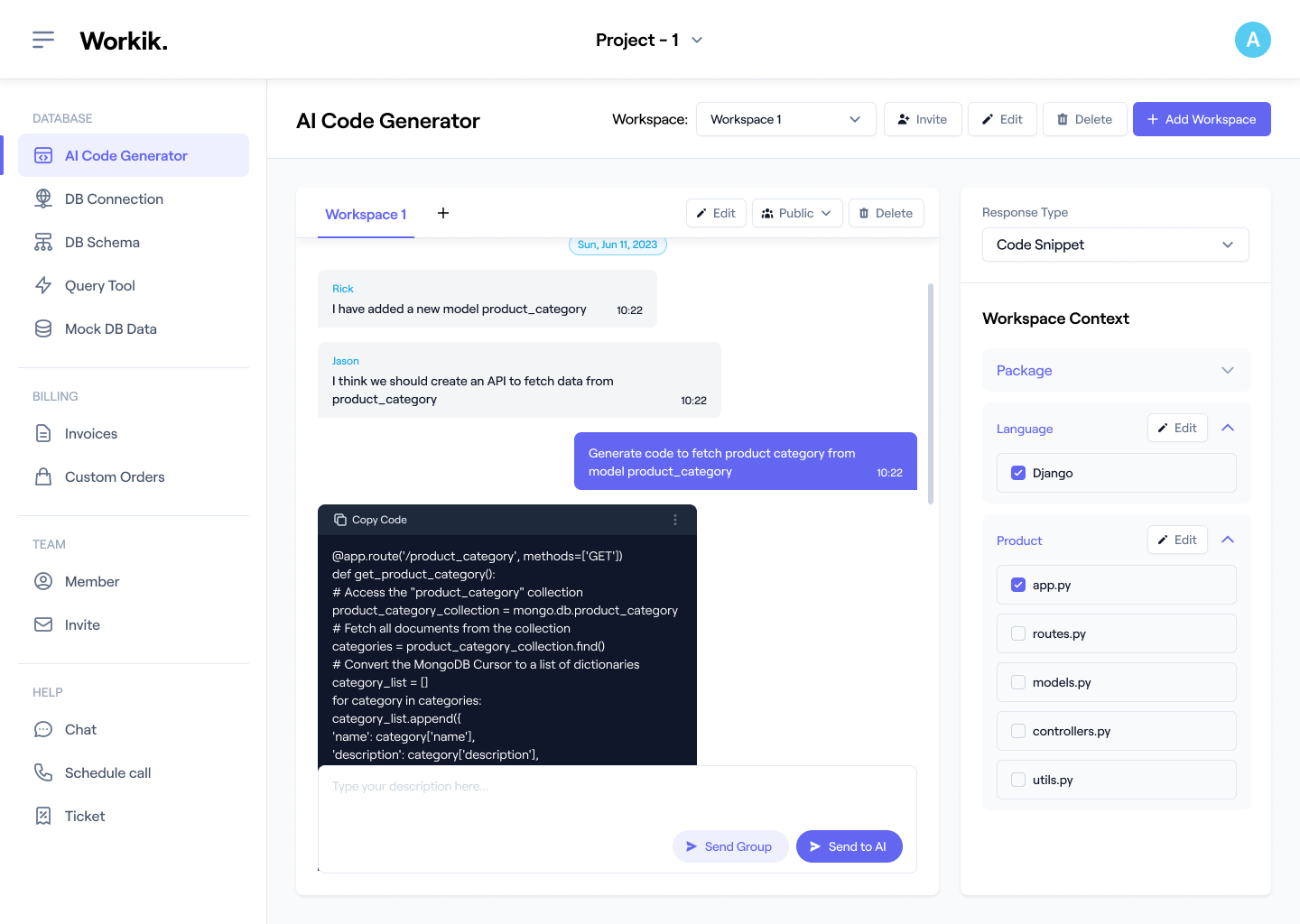

Expand
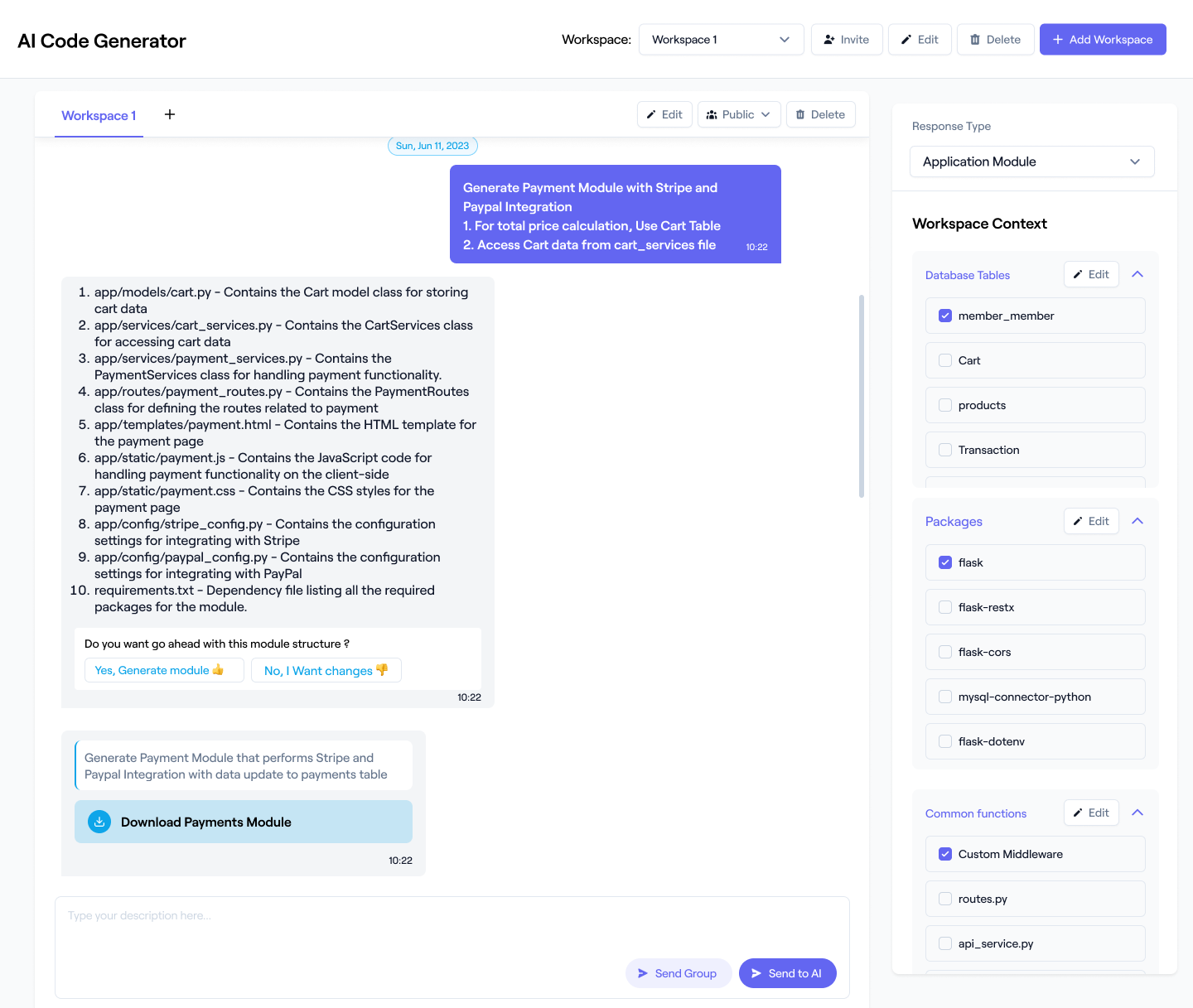

Expand
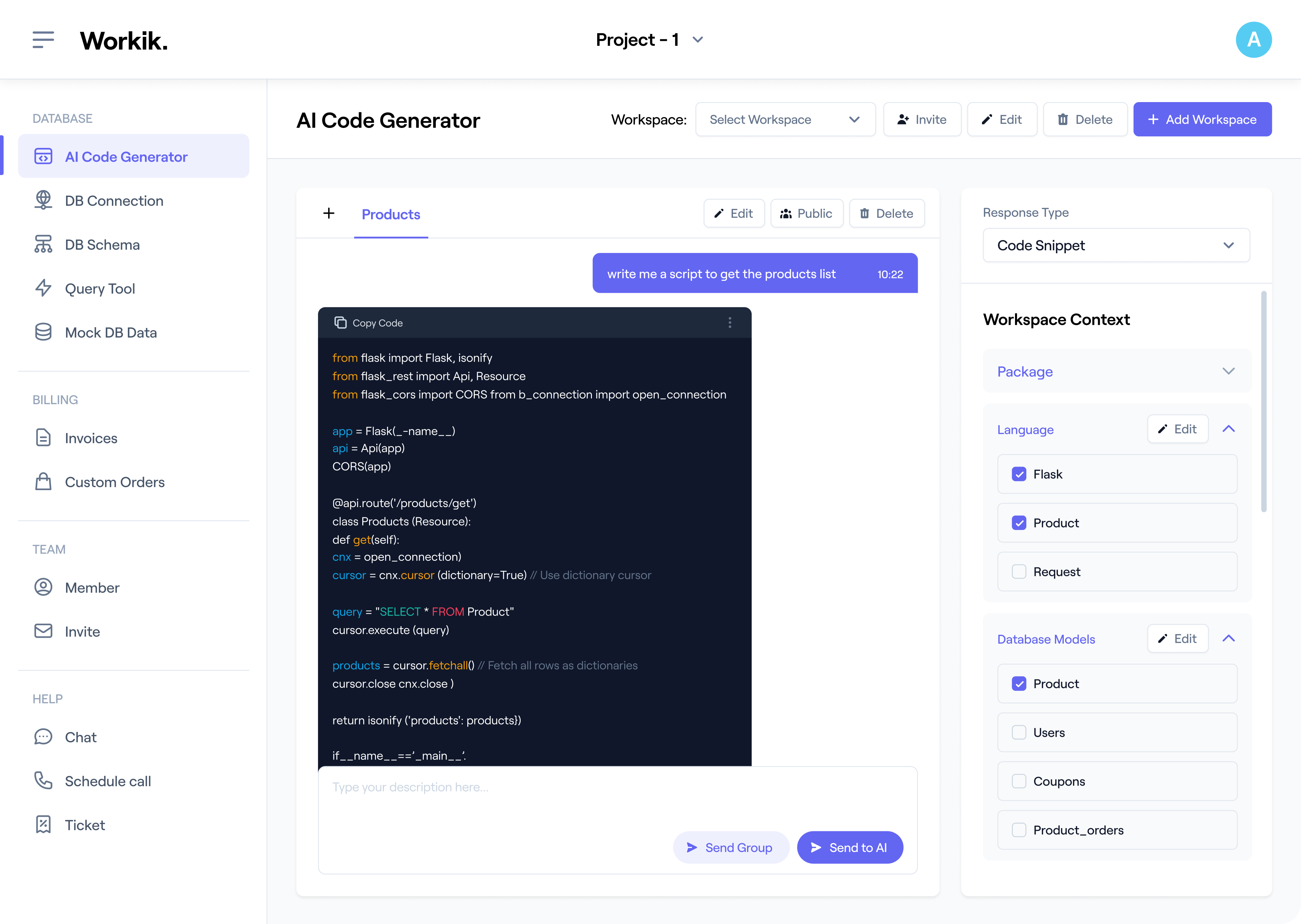

Expand
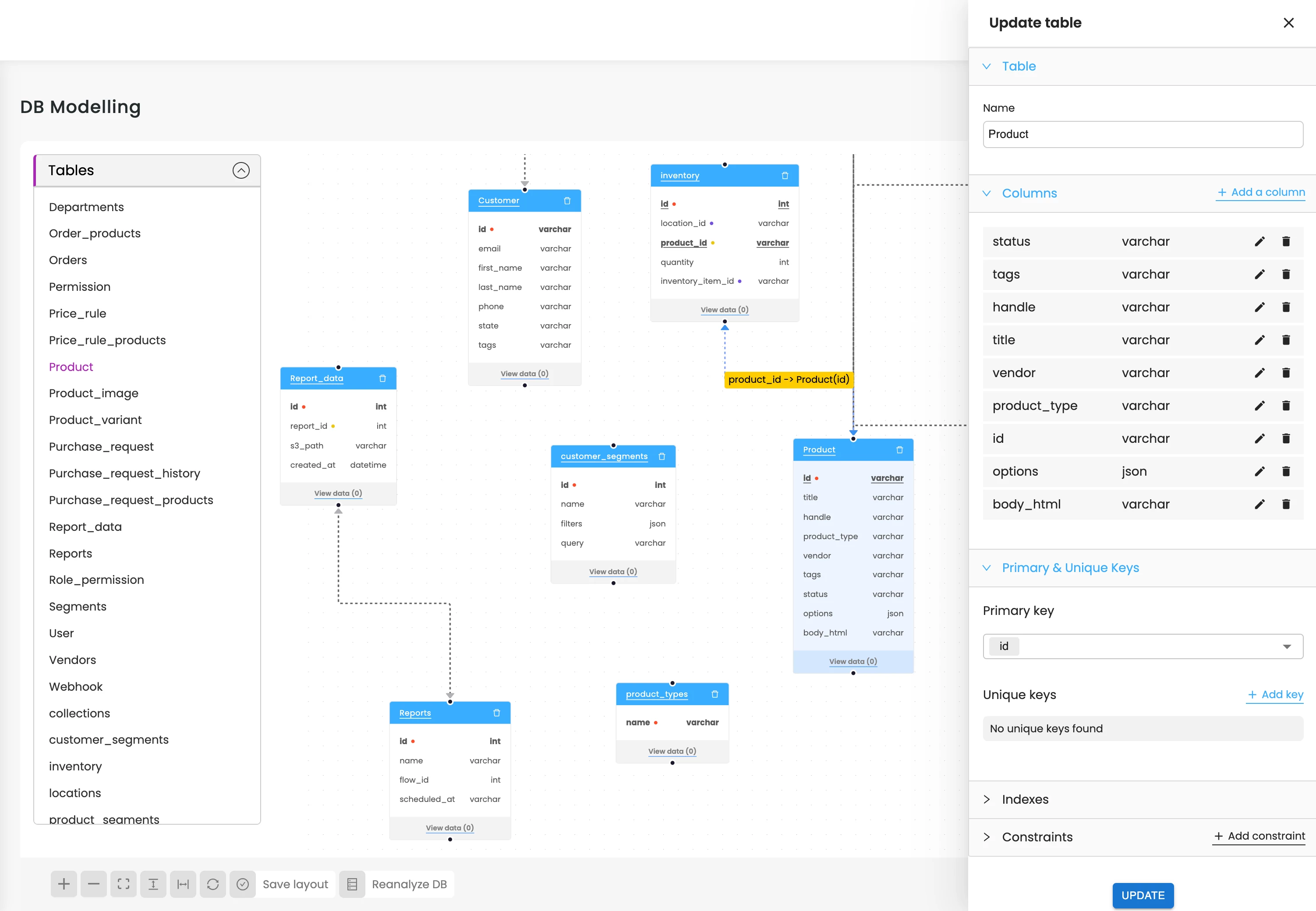

Expand
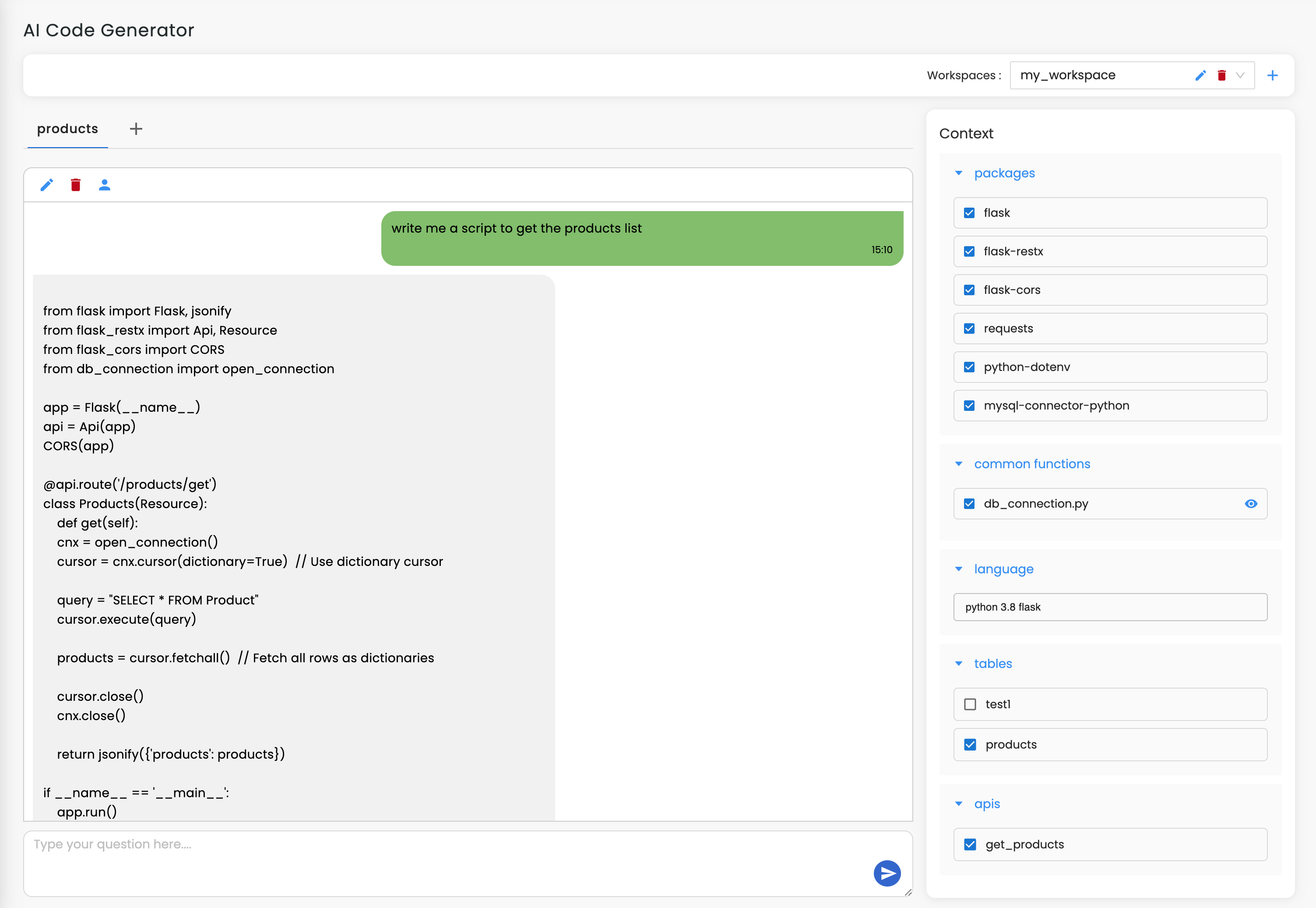

Expand


Expand


Expand


TESTIMONIALS
Real Stories, Real Results with Workik
Workik AI cut my development time in half. Its assembly code generation is spot-on, saving me countless hours of manual coding and debugging!
.webp)
John Smith
Embedded System Engineer
Generating assembly code for microcontrollers has never been this smooth. Workik AI’s precision is unmatched!

Sara Lee
Robotics Developer
Generating assembly code for custom game consoles is easy now. Workik AI understands the nuances and delivers flawless code instantly.

Chris Wilson
Game Console Developer
What are the different types of context-setting options available in Workik for Assembly Code development?


Workik offers a variety of context-setting options to tailor the assembly code generation process to your specific needs. You can set context for:
What are the most popular use cases for Workik’s Assembly Code Generator?


Does Workik AI support assembly code integration with high-level languages like C/C++?


Yes, Workik AI assists in integrating assembly code with high-level languages like C/C++. It provides inline assembly support, enabling the embedding of optimized assembly snippets within C/C++ functions. Workik’s AI helps manage register clobbering, data type conversions, and calling conventions, ensuring seamless integration and allowing developers to fine-tune performance-critical sections without disrupting the main codebase.
How can Workik AI be used in reverse engineering applications?


Workik AI aids reverse engineering by disassembling binaries into readable assembly code, providing insights into the software’s internal logic. It supports symbolic execution and control flow analysis, helping developers understand code paths, identify potential vulnerabilities, and reconstruct higher-level algorithms. This is particularly useful for security researchers and malware analysts who need to dissect and analyze compiled code quickly.
What advanced optimization techniques does Workik AI apply to assembly code?


Workik AI applies advanced optimization techniques such as loop fusion, instruction reordering, strength reduction, and dead code elimination. These optimizations enhance the efficiency of the generated assembly code, ensuring minimal instruction count and reduced memory footprint.
How can Workik’s Assembly Code Generator enhance debugging?


Workik’s Assembly Code Generator simplifies debugging by analyzing your assembly code to detect potential errors and suggest optimizations. For instance, it can identify inefficient instruction sequences and recommend faster alternatives, reducing execution time and improving performance and much more.
Can't find answer you are looking for?
Request question

Request question
Please fill in the form below to submit your question.
Develop Games For Free

Assembly Coding QUESTION & ANSWER
Assembly coding is a low-level programming approach that allows developers to write machine-level instructions directly executed by the CPU. It is essential for tasks requiring precise control over hardware, such as developing operating systems, device drivers, and embedded systems. Assembly provides unparalleled control over performance and resource usage, making it invaluable for applications where efficiency is critical. With tools like NASM, MASM, GAS, and specialized assemblers for various microcontrollers, assembly coding remains crucial for system-level programming, performance optimization, and understanding computer architecture.
Popular tools and platforms for Assembly Coding include:
1. NASM (Netwide Assembler):
A widely used assembler for x86 architecture that supports 16-bit, 32-bit, and 64-bit modes.
2. MASM (Microsoft Macro Assembler):
An assembler for x86 architecture used in Windows development, known for its compatibility with Microsoft compilers.
3. GAS (GNU Assembler):
Part of the GNU Binutils, it supports multiple architectures including x86, ARM, MIPS, and PowerPC.
4. FASM (Flat Assembler):
A fast assembler designed for x86 and x86-64 architectures with simple syntax and high performance.
5. Keil uVision:
An IDE with an assembler for ARM-based microcontroller development.
6. AVR Assembler:
Provided by Microchip for programming AVR microcontrollers.
Use cases of Assembly Coding include:
1. System-Level Programming:
Writing code to interact directly with the CPU, memory, and I/O devices for operating systems, device drivers, and embedded systems.
2. Performance-Critical Applications:
Developing applications where execution speed and resource efficiency are paramount, such as real-time systems.
3. Embedded Systems:
Coding for microcontrollers and processors in devices like sensors, automotive systems, and consumer electronics.
4. Reverse Engineering:
Analyzing binaries, decompiling them, and understanding the underlying machine code for security analysis or legacy software support.
5. Educational Purposes:
Teaching computer architecture, low-level programming concepts, and understanding how high-level languages map to machine code.
Career opportunities and technical roles available for professionals in Assembly Coding include Systems Programmer, Embedded Systems Developer, Firmware Engineer, Reverse Engineer, Computer Science Educator, and more.
Workik AI provides broad assistance in Assembly Coding, which includes:
1. Code Generation:
Generates assembly code tailored to specific CPU architectures (x86, ARM, MIPS) and microcontrollers.
2. Debugging:
Identifies errors in assembly code and provides recommendations to fix them.
3. Optimization:
Suggests best practices for writing efficient and compact assembly code for performance-critical applications.
4. Integration:
Helps integrate assembly code with higher-level languages such as C or C++.
5. Documentation:
Generates comprehensive documentation and comments to make assembly code more understandable and maintainable.
6. Instruction Set Guidance:
Offers guidance on using specific CPU instruction sets and best practices.
Explore more on Workik
Get in touch
Don't miss any updates of our product.
© Workik Inc. 2025 All rights reserved.

